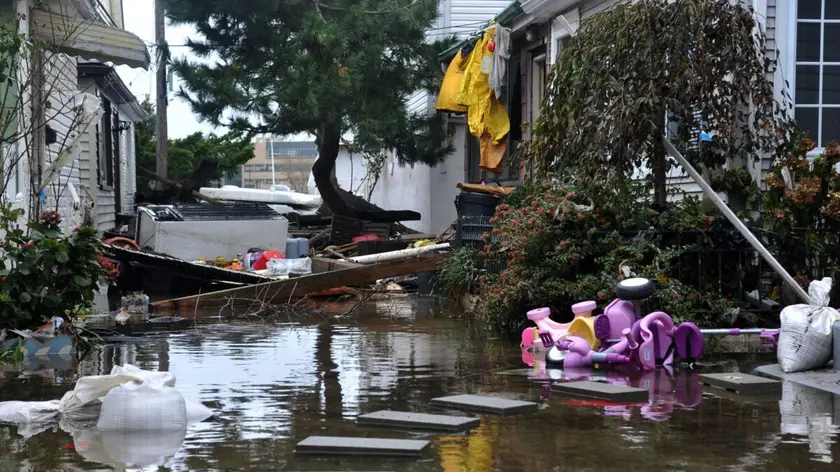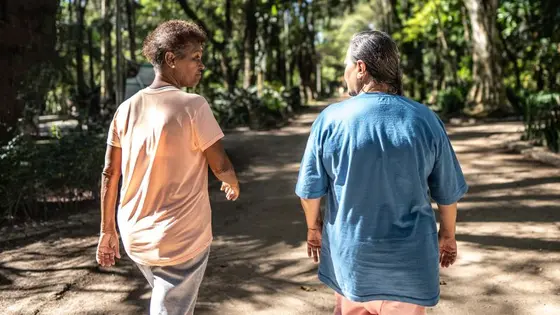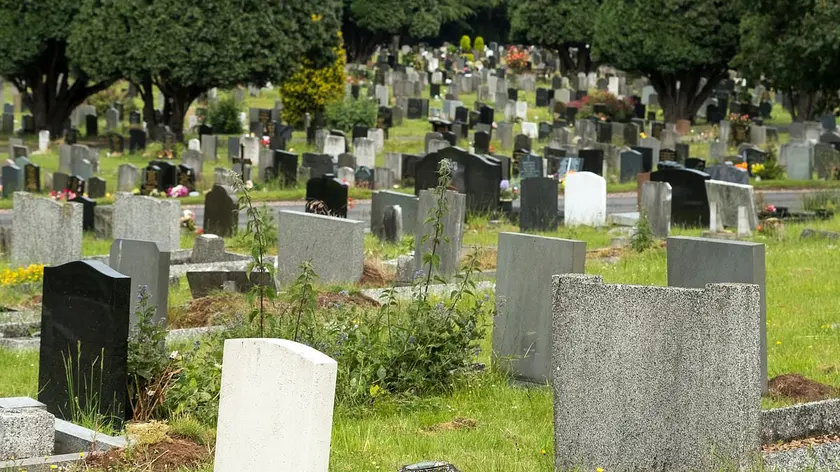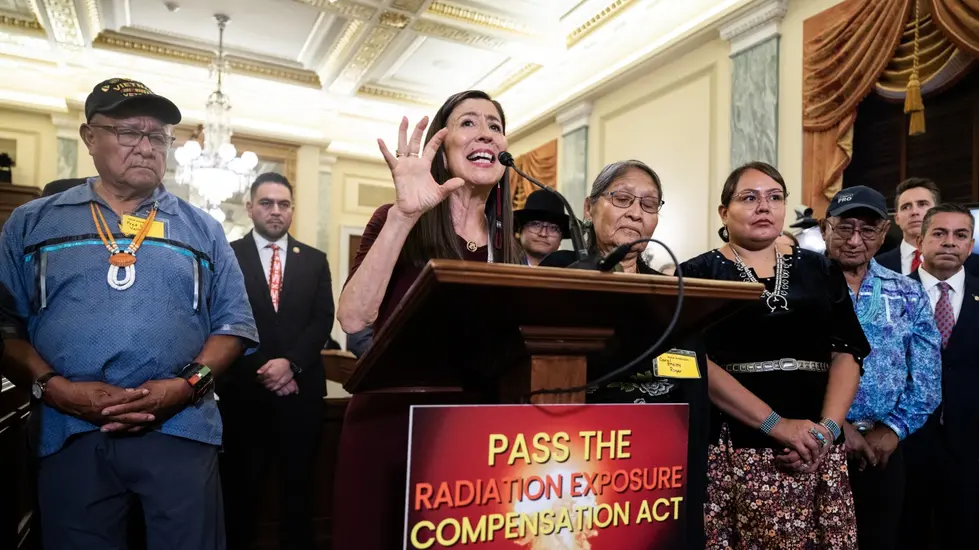T4K3.news
New study shows increase in senior mortality risk after Hurricane Sandy
Research finds 9% increase in death risk for older adults living in flood-impacted areas.

A study highlights the increased mortality risk for older adults after Hurricane Sandy.
New research reveals hidden death toll from Hurricane Sandy
New research published in Frontiers in Public Health uncovers a 9% increase in death risk among people over 65 who lived in areas affected by Hurricane Sandy's flooding. The study analyzed nearly 300,000 Medicare beneficiaries from 2013 to 2017 across New York, New Jersey, and Connecticut. It found that seniors in flooded regions, particularly in affluent Connecticut and New York City, suffered the most significant mortality effects, even five years after the disaster. The findings suggest that the long-term health impacts of hurricanes on vulnerable populations warrant greater attention from disaster relief organizations and policymakers.
Key Takeaways
"We certainly need more policies and infrastructure, particularly as hurricanes become more intense, frequent, and dangerous."
Arnab Ghosh emphasizes the necessity of proactive measures for future hurricanes.
"Hurricanes and associated flooding impact the lives of those around them; fixing homes, dealing with stress all can have long-lasting impacts."
Ghosh highlights how disaster aftermath affects mental and physical health.
"Localized increases in mortality risk varied by region, but not in ways we expected."
This statement from Ghosh points to surprising findings in the study.
"We were surprised by this finding."
Ghosh expresses his astonishment at the mortality rates in New Jersey and New York State.
This new research reveals that the effects of natural disasters can linger far beyond their immediate aftermath. The significant mortality increase among older adults suggests that disaster preparedness plans may need to consider hidden health impacts, especially in affluent areas. The variation in mortality rates by region raises questions about preparedness and response strategies, indicating that socioeconomic factors play a crucial role in determining vulnerability. As climate change fuels more frequent and intense storms, addressing these long-term implications becomes vital for protecting vulnerable populations.
Highlights
- Hurricane Sandy's impact on seniors is a silent crisis that demands attention.
- The hidden costs of hurricanes extend well beyond immediate damage.
- Long-term health effects of disasters require urgent policy focus.
- Preparedness must encompass not only physical safety, but also social well-being.
Long-term impacts of Hurricane Sandy raise health concerns
The study reveals significant mortality risks for older adults in flood-affected areas, highlighting a need for comprehensive disaster planning. The variations in impacts across regions suggest gaps in preparedness that could exacerbate future health crises.
Increased awareness and policy changes may help mitigate future health crises after hurricanes.
Enjoyed this? Let your friends know!
Related News

New study shows grief can lead to increased mortality

New study links walking to reduced Alzheimer’s risk

Research connects respiratory infections to cancer cell activation

Danish study links grief to higher risk of early death

Obesity-related cancer deaths surge in the U.S.

Intense grief raises risk of death within ten years

Coldwater Creek study reveals alarming cancer links

New study promotes nitrate-rich vegetables for seniors
